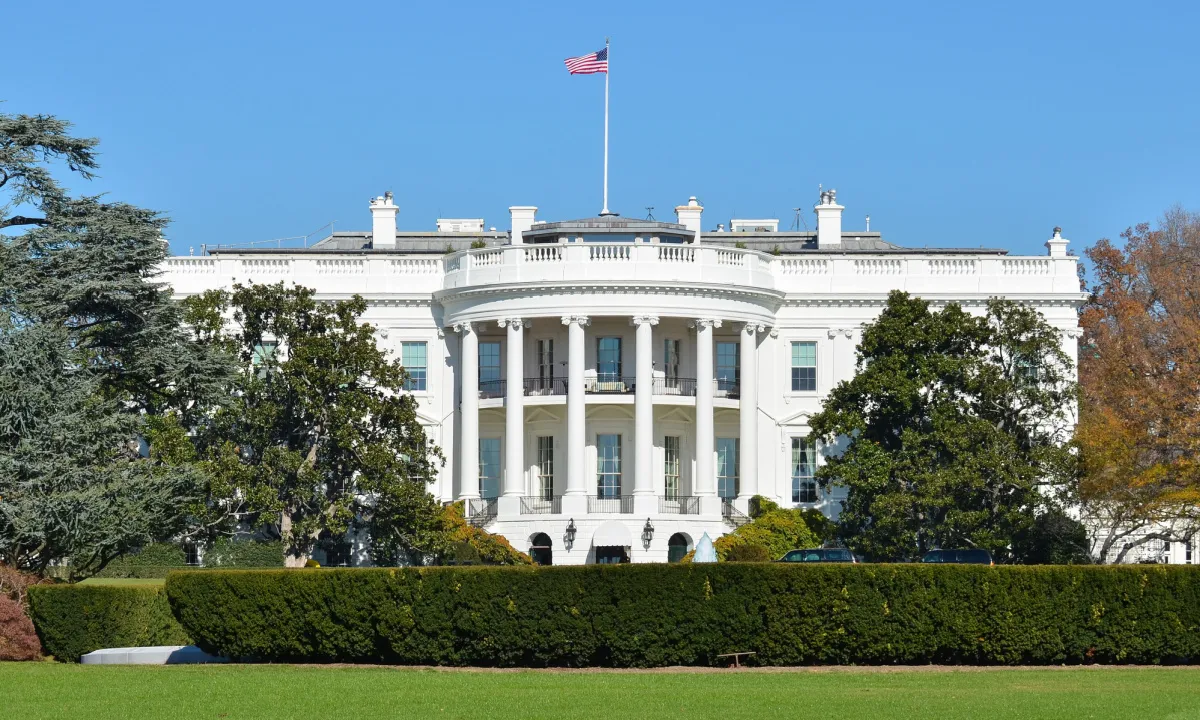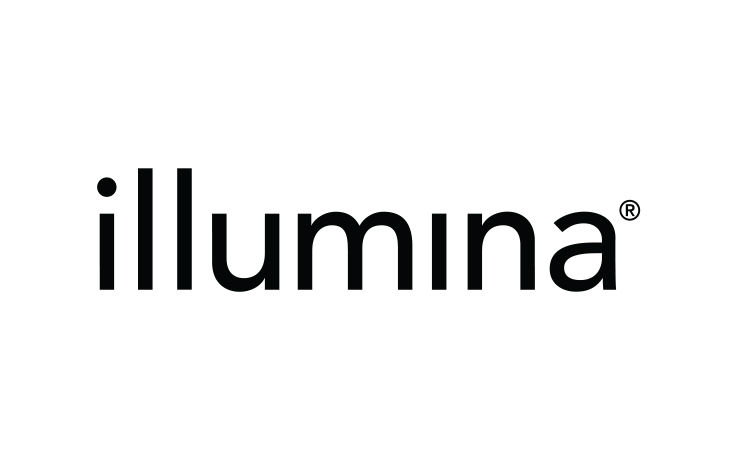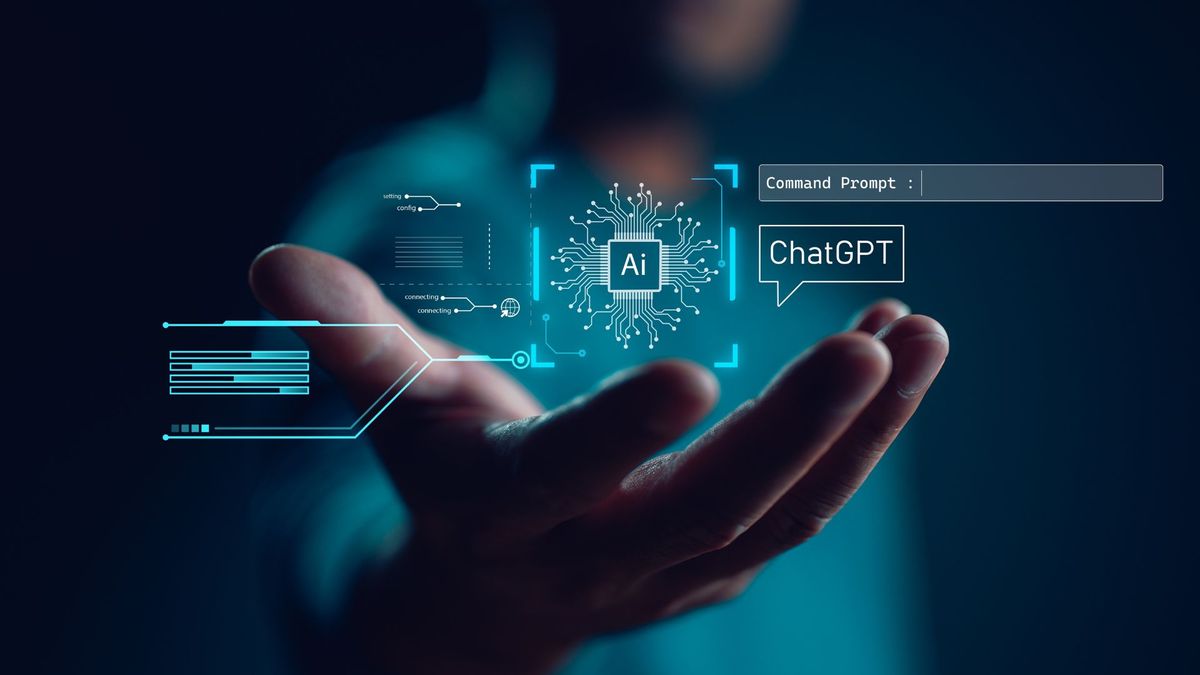Aida Daily: Biden's AI Export Rules / Starmer's £47B AI Plan / BepiColombo's Mercury Flyby
Aida Daily
Hello, AI enthusiasts and stargazers! From Biden's bold AI export moves to Starmer's £47B UK tech vision, it's a global race for digital dominance. Meanwhile, BepiColombo unveils Mercury's icy secrets. Let's dive in!
Biden’s AI Export Playbook: Allies First, Adversaries Blocked

In a bold move on January 14, 2025, the Biden administration rolled out new AI export regulations, streamlining chip sales to 18 allies including the UK and Japan while slamming the door on adversaries like China and Russia. Tech giants Nvidia and AMD are grumbling, fearing a hit to U.S. competitiveness and tangled supply chains. With a 120-day comment window open, the rule targets AI models boasting over 1026 computational ops, balancing national security with global innovation. Stay tuned as the tech tug-of-war continues!
Starmer's £47B AI Odyssey

Prime Minister Keir Starmer launched the 'AI Opportunities Action Plan' on January 14, 2025, aiming to inject £47 billion annually into the UK economy through artificial intelligence. The 50-point plan includes creating AI Growth Zones in Culham, boosting computing power twentyfold by 2030, and partnering on a new supercomputer. With £14 billion in private investment and 13,000 new jobs expected, the UK strives for AI leadership. Critics fear job displacement and echo past AI flops, keeping everyone on their digital toes.
BepiColombo's Final Flyby Unveils Mercury's Icy Secrets

On January 8, 2025, ESA and JAXA’s BepiColombo completed its sixth Mercury flyby, gliding within 295 km of the north pole. Stunning images revealed perpetually shadowed craters like Prokofiev and Tolkien, potentially iced despite Mercury’s scorching neighbor status.
As the spacecraft gears up for a 2026 orbital insertion, scientists eagerly anticipate data on frozen water and volcanic plains. BepiColombo’s icy surprises add a cool twist to Mercury’s fiery reputation, blending humor and wonder in uncovering the planet’s geological mysteries.
Illumina and NVIDIA Team Up to Decode Genomics with AI

In late 2024, Illumina and NVIDIA forged a powerhouse alliance, blending Illumina’s genomic sequencing with NVIDIA’s AI wizardry to accelerate multiomic data analysis. Unveiled at the J.P. Morgan Healthcare Conference, this partnership aims to streamline drug discovery and empower pharma with cutting-edge tools. Despite grappling with new U.S. AI chip export rules, NVIDIA remains optimistic. With collaborators like Mayo Clinic and IQVIA on board, the $10T healthcare sector could see some byte-sized breakthroughs!
Whirlwind White Dwarf Sparks X-ray Frenzy Near Black Hole

Astronomers using the XMM-Newton telescope have uncovered a white dwarf star pirouetting perilously close to the supermassive black hole 1ES 1927+654, located 270 million light-years away. Over two years, X-ray flashes surged from every 18 to every 7 minutes—a celestial dance unprecedented in black hole astronomy. The white dwarf sheds its outer layers to avoid the event horizon, offering insights into extreme environments. Future gravitational wave detections by LISA in the 2030s could further illuminate this stellar saga.
C/2024 G3 (ATLAS): The Comet Shining Bright After 160,000 Years

Skywatchers rejoice! Comet C/2024 G3 (ATLAS) made its dazzling return on January 13, 2025, zooming within 8.3 million miles of the Sun. Comparable in brightness to Venus, this rare spectacle is best seen from the Southern Hemisphere, though Northern enthusiasts have a fleeting three-day window (Jan 12-14) to catch its glow. Discovered by the ATLAS survey in April 2024, observers are urged to grab binoculars and avoid sun-gazing mishaps. Will ATLAS hold together or fade into celestial legend? Only time will tell!
Microsoft Unveils Core AI Division to Supercharge Developers

In a bold move this October 2024, Microsoft launched Core AI - Platform and Tools, helmed by ex-Meta guru Jay Parikh. The $80 billion investment aims to integrate Azure, GitHub, and VS Code into a seamless AI stack, boosting developer productivity by up to 45%. With GitHub Copilot as the star co-pilot, Microsoft partners like OpenAI are crucial. CEO Satya Nadella champions collaboration, hinting at an AI-driven transformation that’s as ambitious as it is essential.
AI Healthcare Hiccups: Navigating the Bumpy Road

As of January 2025, integrating AI into healthcare remains a tightrope walk. Only 25% of US healthcare execs embraced generative AI by December 2023, while a whopping 75% of patients remain skeptical. AI's promise in oncology is shadowed by issues like data fragmentation and bias—ChatGPT even misdiagnosed 83% of pediatric cases! EU’s AI Act demands rigorous oversight, but high costs and lack of standards keep many institutions cautious. Will AI prove its worth or remain a costly companion?
US Restricts AI Chip Exports: Allies Unfazed, Nvidia Alarmed

The Biden administration introduced new AI chip export rules in late 2024, categorizing nations into three tiers: allies like Japan and South Korea face no limits, adversaries such as China and Russia are banned, and most others are capped at 50,000 chips each. Tech giant Nvidia decries the measures as 'unprecedented and misguided,' warning of potential slowdowns in global innovation and economic growth. With a new U.S. administration now in office, these regulations may see changes soon.
AI Job Juggle: 78 Million New Roles by 2030

The World Economic Forum reports AI will displace 92 million jobs by 2030 but create 170 million new ones, netting 78 million positions. Clerical and secretarial roles are most at risk, while AI, cybersecurity, and software development thrive. With 59% of workers needing retraining and 80% of companies ramping up AI skills, the workforce is adapting to the tech tide. As 14% have already felt AI's impact, the future demands humor, compassion, and agility.
OpenAI's Bold Blueprint: Battling Bureaucracy for AI Supremacy

As the Trump administration gears up to take office on January 20, 2025, OpenAI's CEO Sam Altman is waving the AI flag high. Their latest "AI in America" blueprint urges the U.S. government to share data and adopt lighter regulations to snag a slice of the $175 billion global AI investment pie before China does. With nearly 700 AI bills cluttering 2024, OpenAI champions a unified federal approach, boosting infrastructure and job creation. Will Biden’s regulatory legacy face a tech-friendly Trump twist? Only time will tell!
Naujienlaiškis „Aida Daily“
Your AI-curated daily news briefing, spotlighting the latest in technology and global development. Stay informed with insights that matter.